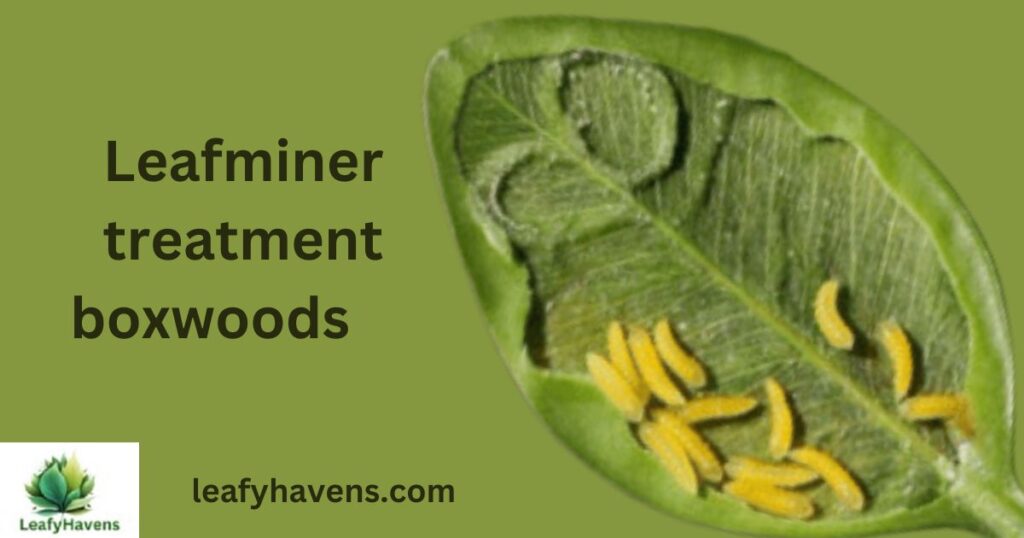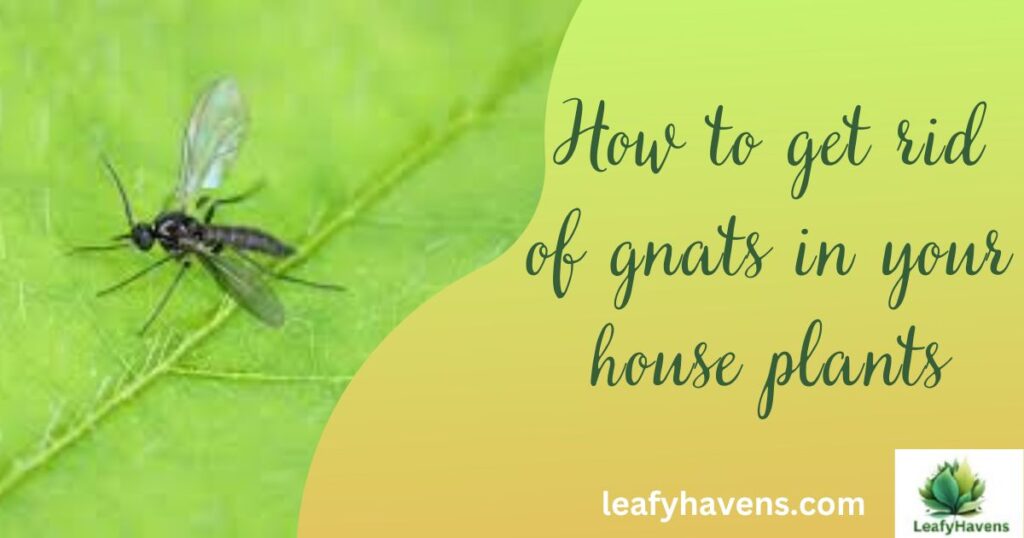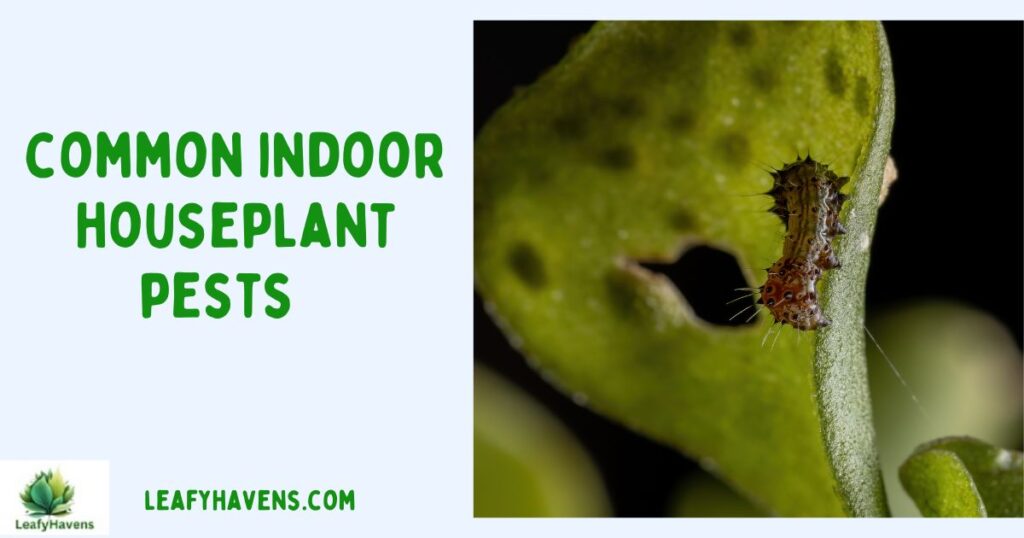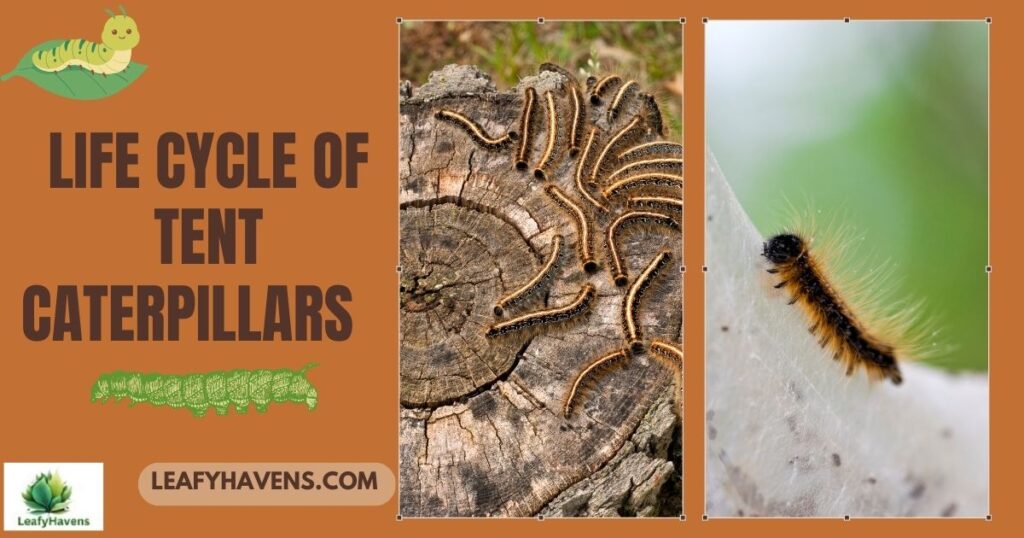Boxwoods are a beautiful addition to any landscape, but they can fall victim to boxwood leafminer, a tiny pest that can cause significant damage. Caterpillars and other pests can weaken your shrubs, leading to discoloration and defoliation. Leafminer treatment for boxwoods involves using insecticidal sprays, systemic treatments, and natural predators like parasitic wasps to control infestations. Proper pruning and maintaining plant health can also help prevent further damage. If you’ve noticed your boxwoods looking yellow and unhealthy, it’s time to take action. In this guide, we’ll explore leafminer treatment for boxwoods, including effective solutions and prevention methods to keep your shrubs thriving.
What is Boxwood Leafminer?

The boxwood leafminer is a small fly whose larvae feed on the inside of boxwood leaves, causing blisters, discoloration, and defoliation. These pests weaken the plant over time, making it more susceptible to other diseases and environmental stress.
Signs of Boxwood Leafminer Infestation
- Yellowing Leaves: Early signs include leaves turning yellow or orange.
- Blistered Leaves: Swollen or raised areas indicate larvae inside.
- Premature Leaf Drop: Severely affected leaves fall off prematurely.
- Presence of Tiny Flies: Small, orange-red flies can be seen in spring laying eggs on leaves.

If you spot these symptoms, it’s crucial to start boxwood leafminer systemic treatment immediately.
How to Treat Boxwood Leafminer Effectively
1. Prune Infested Leaves
One of the simplest ways to control an early infestation is to trim and dispose of affected leaves. This reduces the number of larvae and prevents them from maturing into adult flies.
2. Apply Systemic Insecticides
For severe infestations, using a boxwood leafminer systemic treatment is the best solution. Systemic insecticides are absorbed by the plant and kill the larvae inside the leaves.
Recommended Products:
- Imidacloprid-Based Insecticides (e.g., Merit, Bayer Advanced)
- Acephate Insecticides (e.g., Orthene)
- Dinotefuran-Based Treatments (e.g., Safari)
How to Apply:
- Apply in early spring before adult flies emerge.
- Mix according to product instructions and water it into the soil around the boxwoods.
- Repeat annually for continued protection.
3. Use Beneficial Predators
Introducing natural predators like parasitic wasps can help control boxwood leaf borers without chemicals. These wasps lay eggs inside leafminer larvae, killing them naturally.
4. Spray Horticultural Oil
Applying horticultural oils in late winter or early spring can suffocate eggs and young larvae. Use a high-quality dormant oil spray to cover all boxwood leaves thoroughly.
5. Neem Oil Treatment

Neem oil is an organic alternative that disrupts the growth cycle of bugs on boxwood. It works best when applied every 7-14 days during the growing season.
Application Steps:
- Mix neem oil with water and a few drops of dish soap.
- Spray directly on leaves, ensuring full coverage.
- Reapply regularly to prevent reinfestation.
How to Prevent Future Infestations
1. Choose Resistant Boxwood Varieties
Some boxwood species, such as Buxus microphylla and Buxus sempervirens, are more resistant to boxwood leafminer. Consider planting these to minimize future problems.
2. Keep Plants Healthy
- Water deeply but infrequently to encourage strong roots.
- Apply balanced fertilizer to boost plant immunity.
- Avoid excessive pruning, as new growth attracts pests.
3. Monitor Regularly
Check your boxwoods every spring and fall. Early detection of how to get rid of boxwood mites and leafminers can save your shrubs from major damage.
4. Encourage Natural Predators
Promoting a garden environment that attracts beneficial insects like ladybugs, lacewings, and parasitic wasps can naturally keep bugs on boxwood under control.
Final Thoughts on leafminer treatment boxwoods
Dealing with boxwood leafminer can be frustrating, but with the right approach, you can protect your shrubs and restore their health. Whether you choose a boxwood leafminer systemic treatment, natural predators, or organic solutions, consistent monitoring and early intervention are key.
Invest in high-quality insecticides or natural treatments today, and enjoy lush, green boxwoods year-round!
FAQs About Boxwood Leafminer Treatment
1. When is the best time to treat boxwood leafminers?
The ideal time is early spring before adult flies emerge or late fall when larvae are still developing inside the leaves.
2. Can I use DIY methods to treat boxwood leafminers?
Yes! Neem oil, pruning, and beneficial predators are excellent natural remedies for minor infestations.
3. Will leafminers kill my boxwood shrubs?
While they won’t kill the plant immediately, continuous infestations weaken the plant, making it more prone to other diseases.
4. How long does systemic insecticide treatment last?
Most treatments remain effective for an entire growing season, but annual applications may be necessary for ongoing protection.
5. Are there organic solutions for boxwood leafminer control?
Yes! Neem oil and parasitic wasps are effective organic options to reduce boxwood leaf borers without harming beneficial insects.





